1. Autonomous Vehicles
5G's low latency and high bandwidth enable real-time communication between autonomous vehicles and infrastructure, improving navigation, safety, and traffic management.
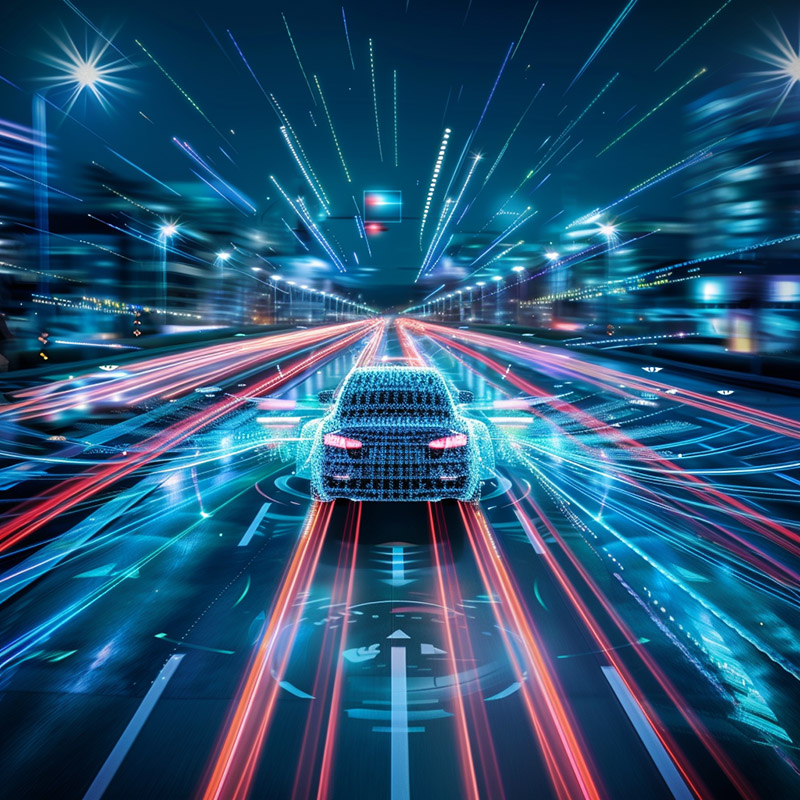
Autonomous Vehicles Before 5G
Autonomous vehicles relied on 4G and earlier networks, which presented limitations in speed and latency, affecting the vehicles' ability to communicate with each other and with infrastructure in real time. This slowed reaction times and limited the vehicles' operational efficiency and safety.
Autonomous Vehicles After 5G
With 5G, autonomous vehicles benefit from ultra-reliable low-latency communication (URLLC), enhancing their ability to make instantaneous decisions and interact with their environment. This significantly improves safety, traffic flow, and the overall feasibility of autonomous transportation systems, pushing us closer to fully realizing the potential of self-driving technology.
2. Smart Cities
5G supports the vast number of sensors and devices required for smart city applications, facilitating real-time data collection and analysis for traffic control, energy management, and public safety.
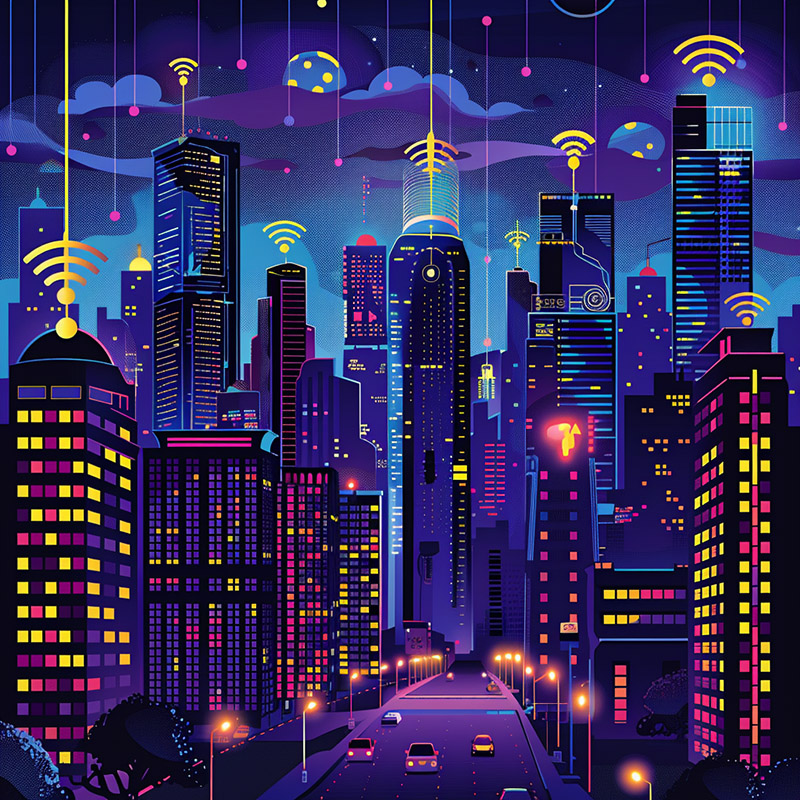
Smart Cities Before 5G
Smart city applications struggled with latency and bandwidth issues, limiting the scale and effectiveness of IoT deployments. This made it challenging to manage city-wide systems in real time, from traffic lights to emergency services, often resulting in inefficiencies and slower response times.
Smart Cities After 5G
5G networks enable smart cities to fully leverage IoT technology, offering the bandwidth and low latency needed for real-time data analysis and decision-making. This transformation leads to more efficient urban management, including optimized traffic systems, enhanced public safety, and reduced environmental impact, making cities more livable and sustainable.
3. Telemedicine and Remote Surgery
The high speed and low latency of 5G are crucial for telemedicine, supporting remote patient monitoring, real-time data transfer, and even remote surgeries through reliable, high-quality video connections and the transmission of medical data.
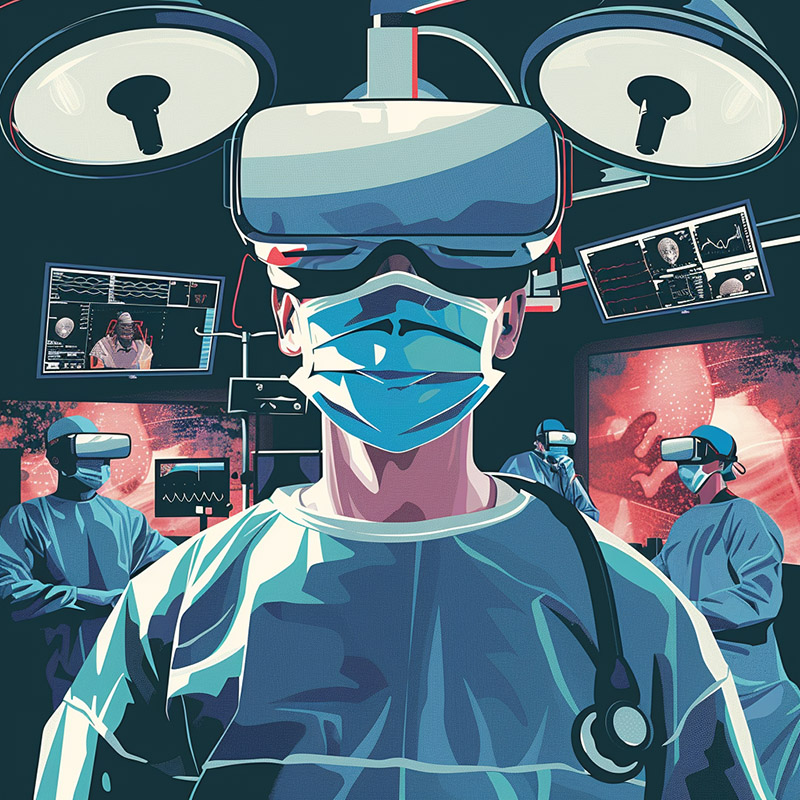
Remote Surgery Before 5G
Telemedicine was hampered by connectivity issues, limiting the quality of video consultations and the reliability of remote monitoring. Remote surgeries were largely theoretical due to the need for real-time precision and reliability not supported by existing networks.
Remote Surgery After 5G
5G revolutionizes telemedicine by providing high-definition, reliable video connections and the ability to transmit large amounts of medical data in real time. Remote surgeries become feasible, with surgeons able to control robotic systems with near-zero latency, expanding access to healthcare and specialist treatments.
4. Augmented Reality (AR) and Virtual Reality (VR)
5G dramatically improves the performance of AR and VR applications by reducing latency to levels that enable immersive, real-time experiences for entertainment, education, and training simulations.
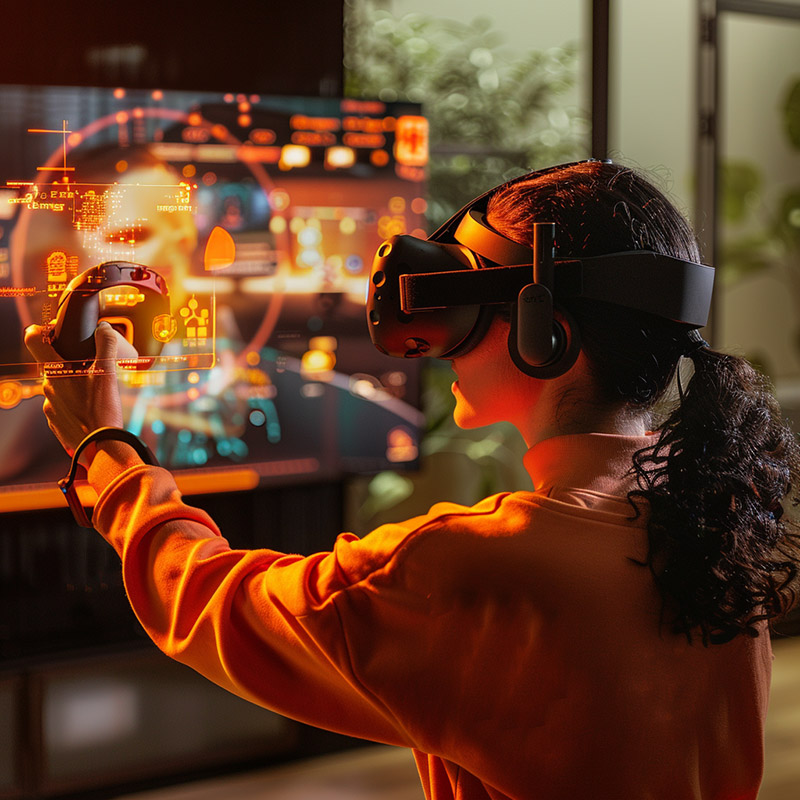
Augmented and Virtual Reality Before 5G
AR and VR experiences were often limited by the capabilities of local processing and the latency in data transmission, leading to less immersive experiences and restricting the use of AR and VR to specific, controlled environments.
Augmented and Virtual Reality After 5G
With 5G, AR and VR technologies can fully leverage cloud processing, significantly improving the quality and responsiveness of virtual environments. This allows for more immersive and complex applications, from entertainment to education, accessible anywhere with 5G coverage.
5. Industrial Automation
5G enables more flexible and efficient factory floor operations by supporting wireless sensors and robots, allowing for real-time monitoring, maintenance, and on-the-fly adjustments to manufacturing processes.
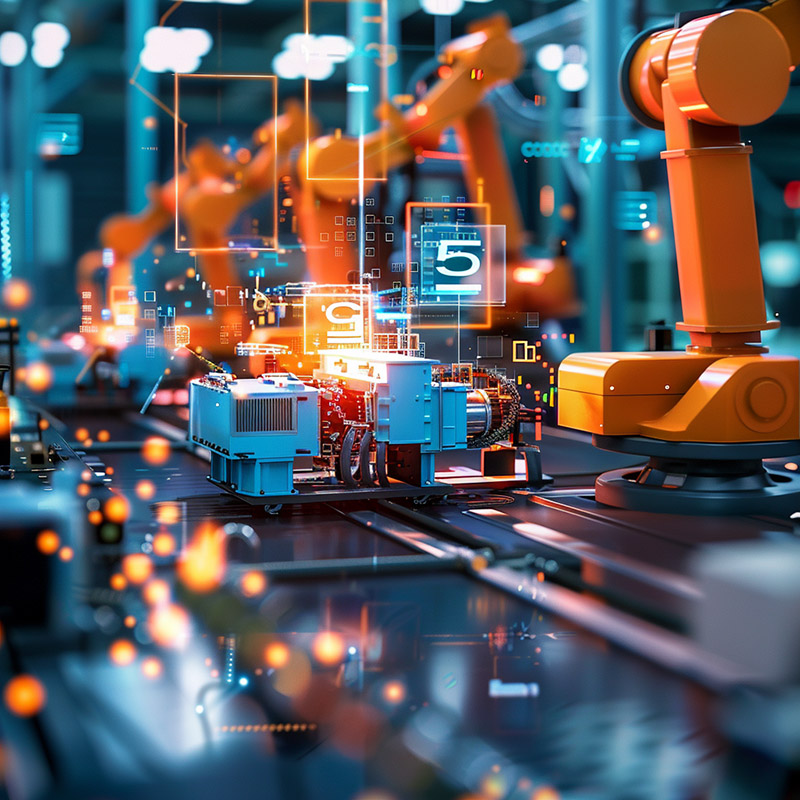
Industrial Automation Before 5G
Industrial automation systems relied on wired connections or slower wireless technologies, limiting flexibility and the ability to reconfigure production lines quickly in response to market changes or operational data.
Industrial Automation After 5G
5G enables highly flexible, efficient, and smart industrial automation by supporting wireless sensors and actuators that can communicate in real time. This allows for dynamic adjustment of operations and the introduction of more complex automation processes, improving productivity and adaptability.
6. Internet of Things (IoT)
5G's ability to connect thousands of devices per square kilometer transforms IoT applications by enhancing connectivity for smart devices across homes, industries, and cities, enabling more efficient operations and new services.
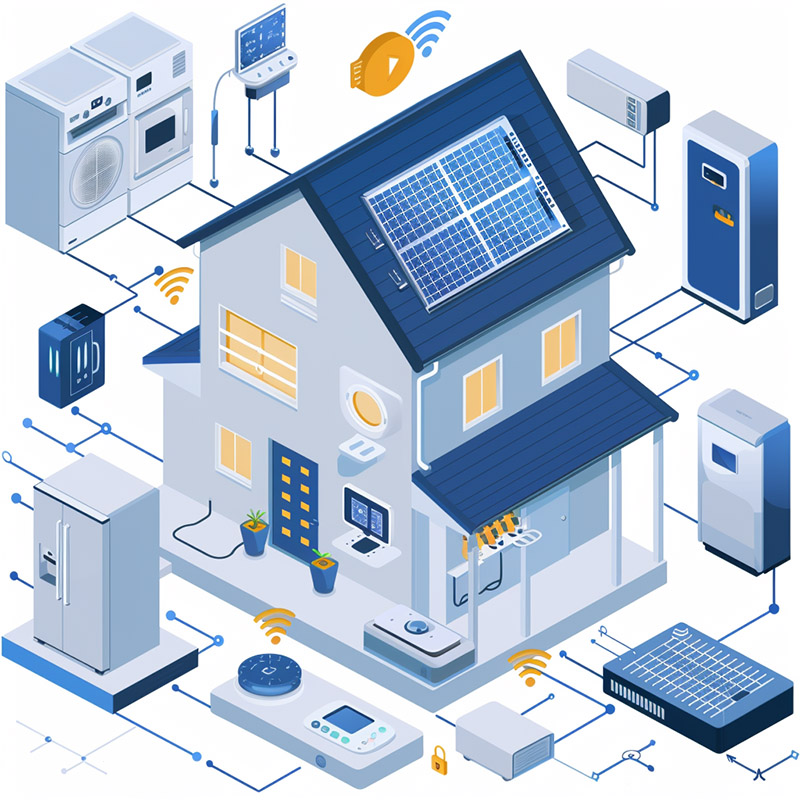
IoT Before 5G
IoT devices were often constrained by the limitations of previous wireless technologies, which affected their ability to transmit data quickly and reliably. This limited the scope and complexity of IoT applications, hindering potential innovations and the integration of smart devices.
IoT After 5G
The advent of 5G has unlocked the full potential of IoT, providing the necessary bandwidth and reduced latency for millions of devices to connect and communicate seamlessly. This enables more sophisticated and widespread IoT applications, from industrial automation to smart homes, driving efficiency and innovation.
7. Drones
Enhanced by 5G, drones can communicate more effectively and over longer distances, improving their use in surveillance, delivery services, and infrastructure inspection with real-time data transmission and control.
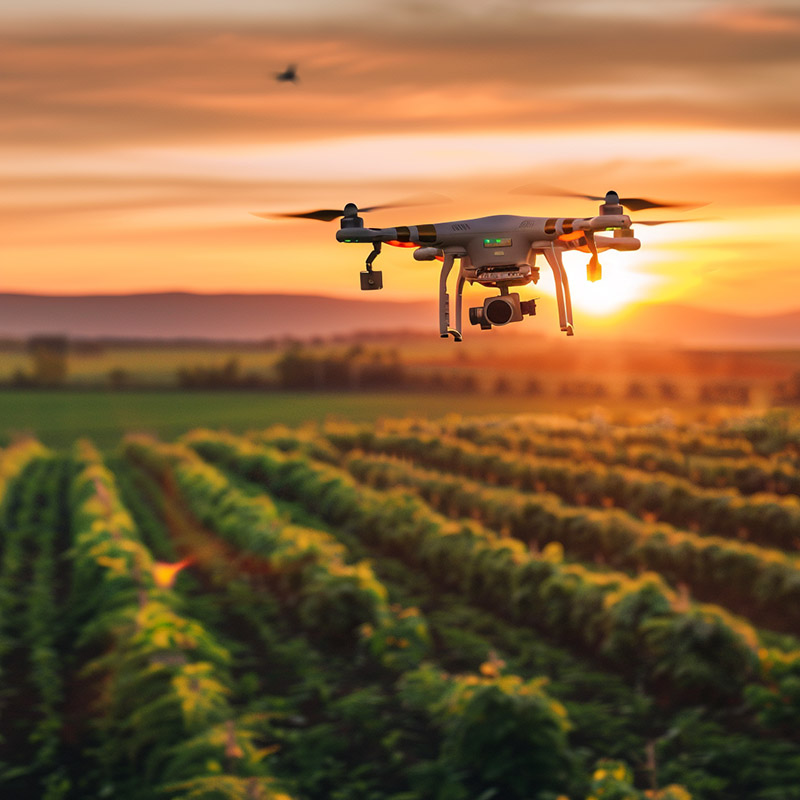
Drones Before 5G
The operation of drones, especially for commercial purposes, was restricted by the range and reliability of control signals, limiting their use in remote inspections, deliveries, and real-time surveillance.
Drones After 5G
5G technology enhances drone capabilities by extending their operational range and supporting the transmission of high-definition video feeds in real time. This opens up new possibilities for drone use in various sectors, including logistics, agriculture, and emergency response, by ensuring reliable and extended connectivity.
8. Cloud Computing
With 5G, cloud computing becomes more accessible and efficient, as the high-speed, low-latency network improves access to cloud services and applications, facilitating mobile workforce and distributed computing environments.
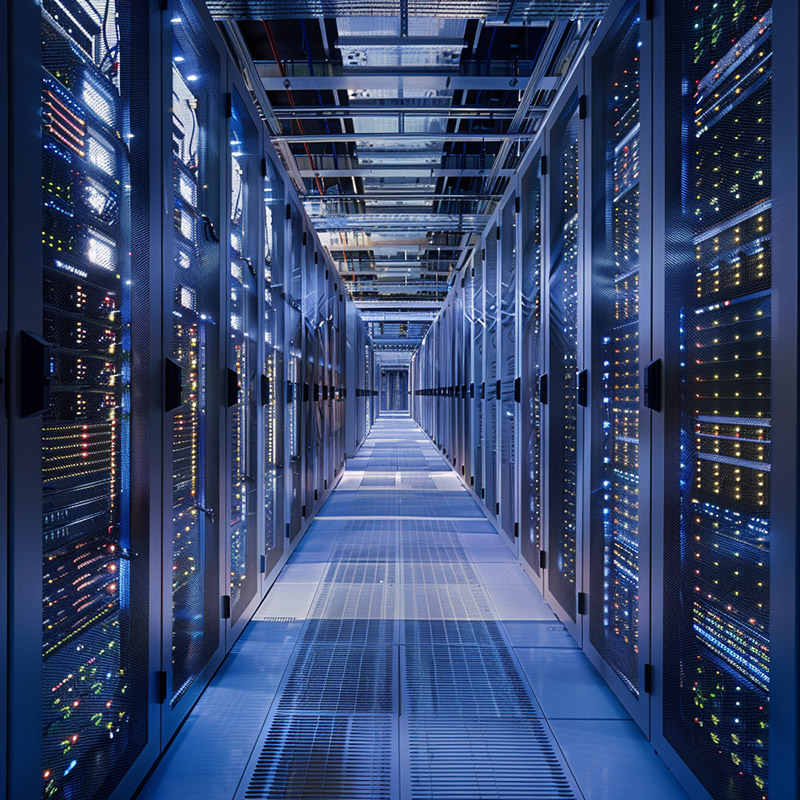
Cloud Computing Before 5G
Accessing cloud services on the go was often limited by the speed and reliability of mobile internet connections, affecting the performance of cloud-based applications and hindering mobile productivity.
Cloud Computing After 5G
5G dramatically improves access to cloud computing resources, offering high-speed, low-latency connections that make cloud services feel as responsive as if they were running locally. This facilitates a shift towards cloud-based workflows and mobile access to enterprise resources, enhancing flexibility and efficiency.
9. Wearable Technology
5G enhances the functionality of wearable devices by ensuring faster data transmission and more reliable connectivity, enriching user experiences with more complex health tracking, navigation, and communication features.
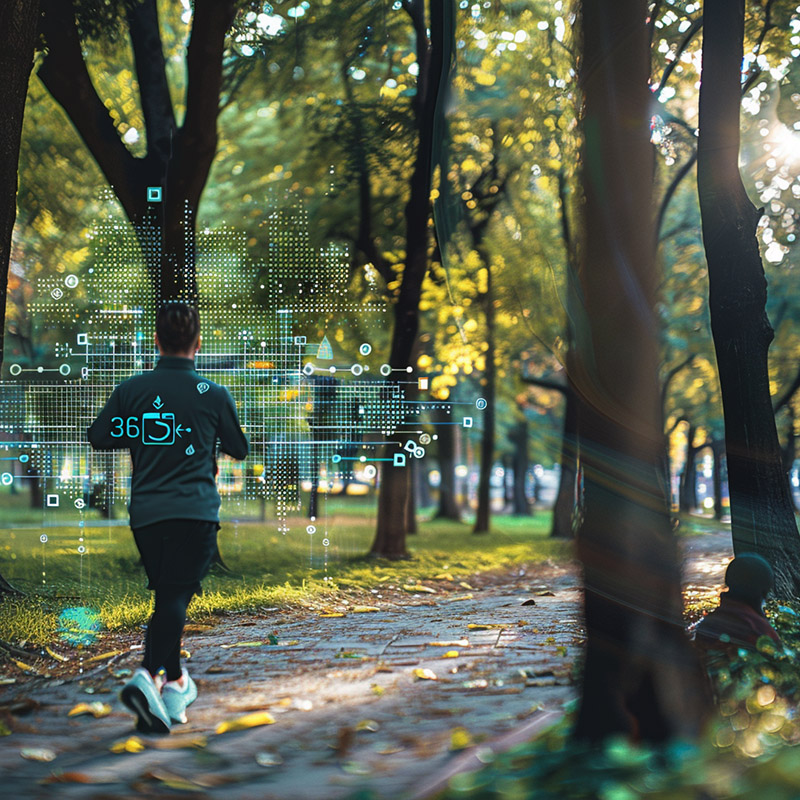
Wearable Technology Before 5G
Wearable devices were often limited in their functionality due to connectivity issues, relying on Bluetooth or Wi-Fi connections to sync data, which could delay the transmission of health metrics and notifications.
Wearable Technology After 5G
With 5G, wearable technologies become more autonomous and functional, capable of directly connecting to the internet to send and receive data in real time. This allows for more timely health monitoring, improved device independence, and richer, on-the-go digital experiences.
10. Entertainment and Media
5G transforms the entertainment and media industry by enabling ultra-high-definition streaming, cloud gaming without latency issues, and more interactive and engaging content delivery methods, revolutionizing how users access and enjoy media.
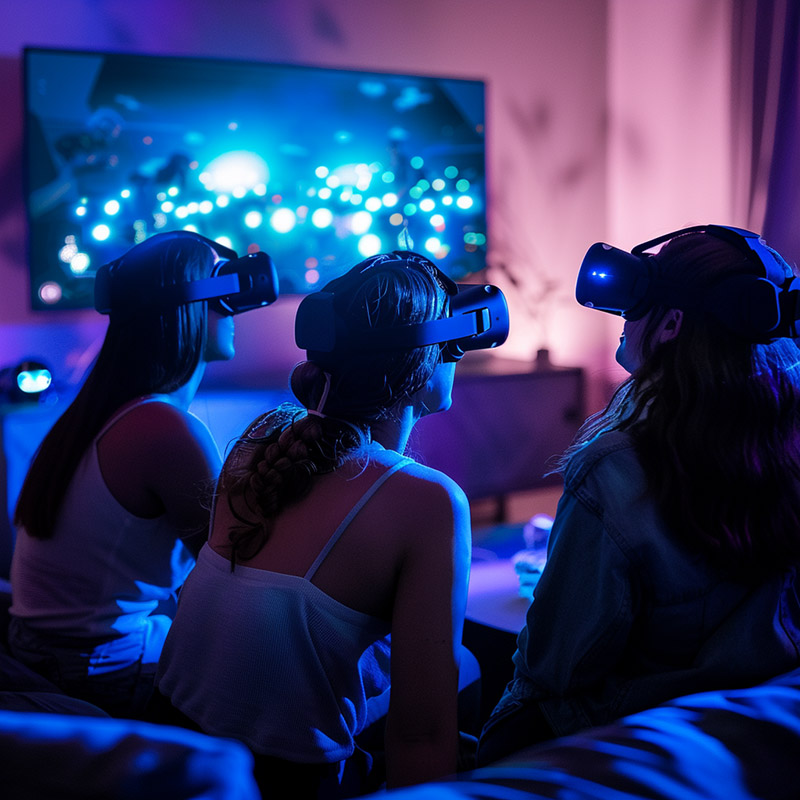
Entertainment and Media Before 5G
Streaming high-definition content, especially in mobile settings, could be frustrating due to buffering and low-quality streams caused by insufficient network speeds and capacity.
Entertainment and Media After 5G
5G transforms the media and entertainment industry by enabling ultra-high-definition streaming, immersive AR/VR experiences, and cloud gaming without latency issues. Consumers can now enjoy a higher quality of content and new forms of interactive entertainment, reshaping how media is consumed and delivered.